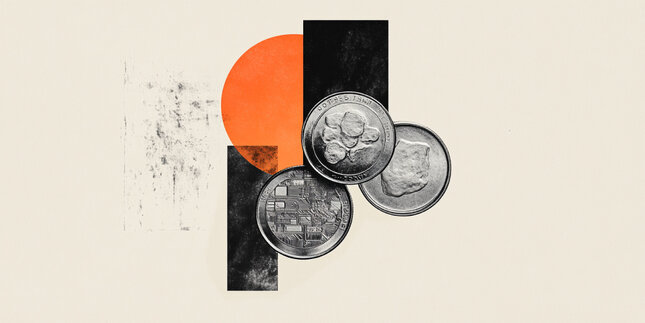Silver (XAG/USD) is trading slightly higher on Monday, hovering around $50.90, marking a 0.50% increase for the day. This modest recovery comes after a significant decline from last week’s peak of $54.39. Despite this uptick, the grey metal continues to face challenges, particularly with repeated failures to break and hold above the critical $51.00 level. This situation has left silver prices trapped in a zone of uncertainty, prompting traders and investors to closely monitor market developments.
Market Context: Geopolitical Tensions and Economic Indicators
The recent recovery in silver prices unfolds against a backdrop of heightened market caution. Renewed geopolitical tensions in Asia, particularly Japan’s stern warnings to China regarding potential aggression towards Taiwan, have contributed to a defensive market tone. Such geopolitical uncertainties often bolster the appeal of precious metals, including silver, as safe-haven assets.
However, investors are largely adopting a wait-and-see approach as they anticipate a series of crucial U.S. economic releases that were delayed due to the recent government shutdown. This week is set to be pivotal, with the first official publications since federal agencies resumed operations, including key labor-market indicators like Nonfarm Payrolls (NFP) scheduled for Thursday. These data points are expected to provide insights into the Federal Reserve’s (Fed) policy direction for December.
Labor Market Insights and Their Impact on Silver Prices
Any signs of weakness in the labor market could exert downward pressure on the U.S. Dollar (USD), which would, in turn, provide mechanical support for silver prices, as the metal is denominated in USD. Carol Kong, a strategist at the Commonwealth Bank of Australia (CBA), has noted that the risks appear “tilted toward a weaker payrolls print.” Such a scenario could reignite expectations for a rate cut in December, further weakening the dollar and potentially lifting silver prices.
Despite these potential bullish factors, silver remains constrained by the hawkish tone expressed by several Fed officials in recent days. Kansas City Fed President Jeffrey Schmid emphasized the need for monetary policy to remain “modestly restrictive” to counteract demand, which limits the scope for a more significant rebound in precious metals. Current market pricing reflects only about a 40% chance of a 25-basis-point rate cut in December, a notable decrease from over 60% earlier this month, according to the CME FedWatch tool.
Understanding Silver: A Precious Metal with Diverse Applications
Silver is not just a precious metal; it is a highly traded asset among investors. Historically, it has served as a store of value and a medium of exchange. While it may not enjoy the same level of popularity as gold, many traders turn to silver to diversify their investment portfolios, capitalize on its intrinsic value, or hedge against inflation.
Factors Influencing Silver Prices
The price of silver can fluctuate due to a myriad of factors. Geopolitical instability or fears of recession can drive up silver prices, albeit to a lesser extent than gold. As a yieldless asset, silver tends to appreciate when interest rates are low. Additionally, the performance of the U.S. Dollar plays a crucial role; a strong dollar typically suppresses silver prices, while a weaker dollar can propel them higher. Other influencing factors include investment demand, mining supply, and recycling rates, as silver is more abundant than gold.
Industrial Demand and Economic Dynamics
Silver’s industrial applications are extensive, particularly in sectors like electronics and solar energy, where it boasts the highest electrical conductivity of all metals. A surge in industrial demand can lead to price increases, while a downturn can have the opposite effect. Economic dynamics in major markets such as the U.S., China, and India also contribute to price fluctuations. In the U.S. and China, robust industrial sectors utilize silver in various processes, while in India, consumer demand for silver jewelry significantly impacts pricing.
The Relationship Between Gold and Silver
Silver prices often mirror movements in gold prices. When gold rises, silver typically follows suit due to their shared status as safe-haven assets. The Gold/Silver ratio, which indicates how many ounces of silver are needed to equal the value of one ounce of gold, can serve as a useful tool for investors. A high ratio may suggest that silver is undervalued relative to gold, while a low ratio might indicate the opposite.
Conclusion
As silver (XAG/USD) navigates through a complex landscape of geopolitical tensions and economic indicators, its price action remains closely tied to broader market sentiments. With key labor market data on the horizon and ongoing discussions about monetary policy, investors will need to stay vigilant. The interplay between the U.S. Dollar, labor market conditions, and geopolitical developments will be crucial in determining the future trajectory of silver prices. Whether this week’s economic releases will provide the necessary momentum for a breakout above the $51.00 level remains to be seen, but the current market dynamics certainly warrant close attention.




